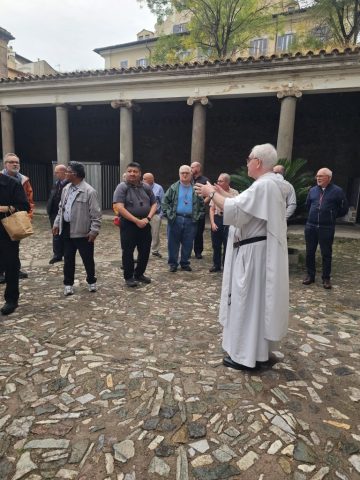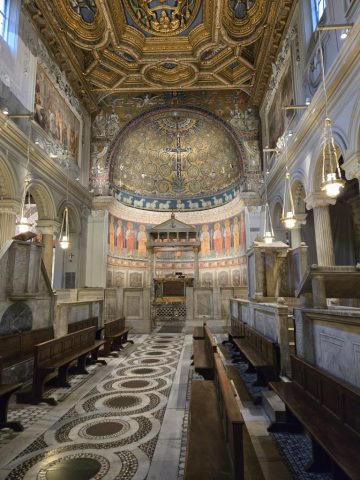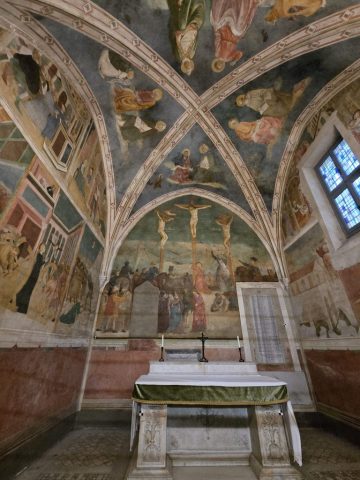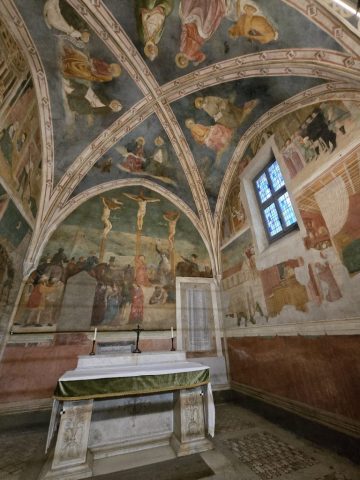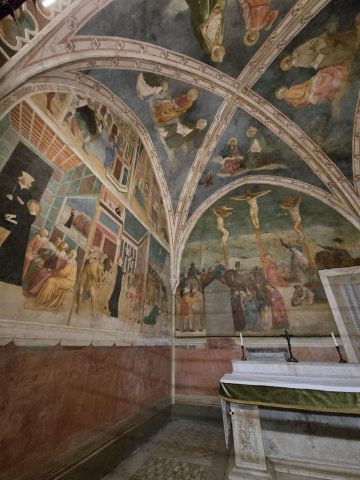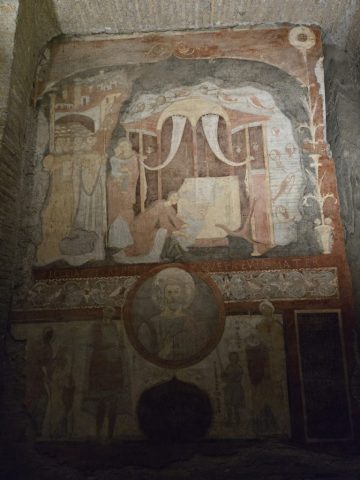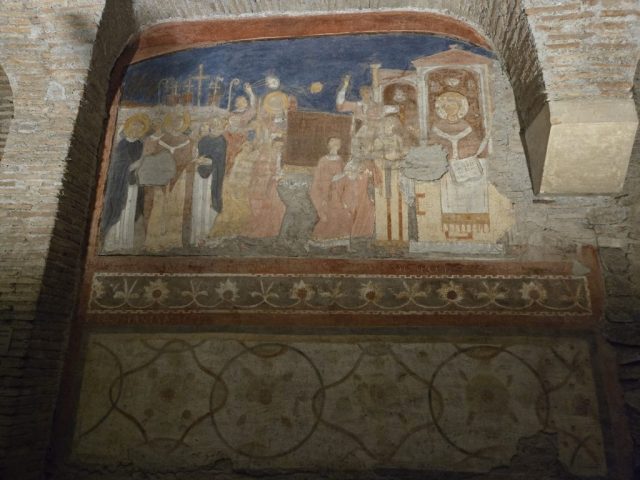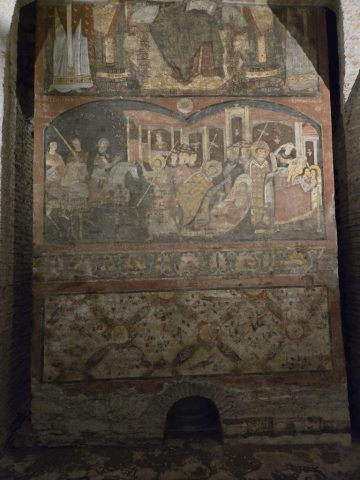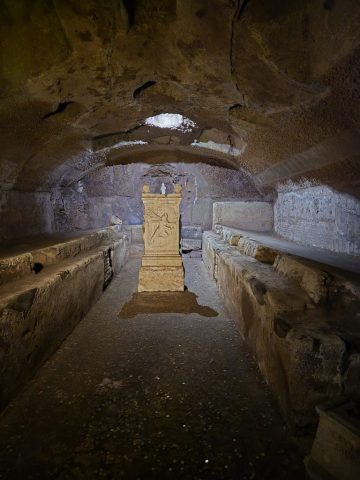The Basilica of St. Clement
|
The basilica of San Clemente is one of the most fascinating churches in Rome, not only because of its wonderful art but also for the fact that here in the different layers of this complex, one can witness the growth of the city of Rome down the centuries. The church is located in the shadows of the Colosseum in a valley between the Caelian and Oppian hills. The church takes its name from Pope Saint Clement, the third successor of St Peter, who died around the year 100 AD. Up to about 165 years ago, it was generally held that the present church was the ancient church of Saint Clement mentioned by Saint Jerome in the 4th century. Writing about St Clement, he wrote that a church in Rome preserved the name and memory of St Clement up to his own day. However, in 1857 the prior of San Clemente, realizing that the ground level was much deeper in the past, excavated under the present church and discovered the original 4th century basilica underneath the present one. Digging underneath this ancient church, he uncovered another, even deeper, complex of buildings of the 1st century. Subsequently other excavations were carried out, especially when in 1912-14 Father Louis Nolan built a drainage tunnel between San Clemente and the Colosseum to carry away water that was flooding the lower levels. These excavations, revealed the remains of buildings destroyed in the fire of Nero in 64 AD. More recent excavations have uncovered the baptistry and the sacristy of the lower church. The baptistry area is monumental in size, with a great baptismal font and some very fine frescoes. The sacristy or secretarium has the remains of a 6th century marble floor. These discoveries are significant contributions to our understanding of the liturgy in 6th century Rome. |
Click on an image to open the photo viewer. |
Among the many other treasures of this basilica is the 15th century chapel of St Catherine where in the work Masolino da Panicale, we witness the dawn of the Renaissance.
